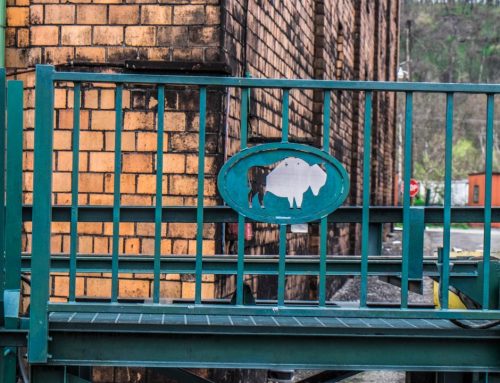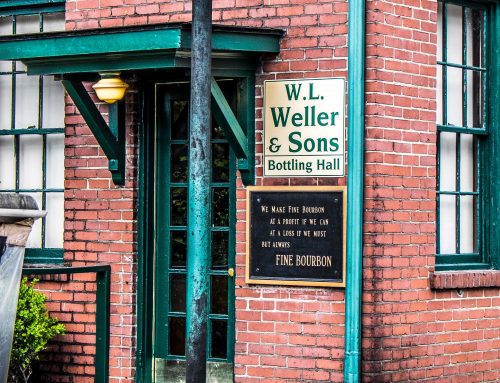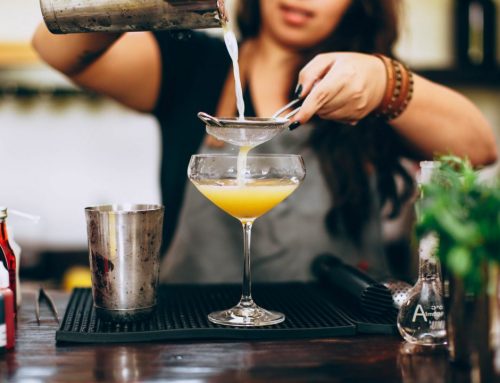Reading Time: 2 Minutes
In 1962, Bobby Pickett had a smash song that I hear on the radio every year around Halloween; The Monster Mash. Hearing this song lead Chase and I to this conversation on our favorite mash [whiskey mash that is…]. So let’s dive into the muck and define some terms.
Mash is the final product from heating water and grains in order to allow enzymes [yeast] to convert the starches into sugar for the fermenting process. Mashing is the actual process for this conversion. Some distillers prefer to use sour mash when creating their spirits. A mash becomes sour mash when a portion of the mash is saved from the previous mashing and is added to the next batch. [Very similar to make sourdough bread or a friendship loaf.] The rationale for the sour mash is to keep the current enzymes and yeast consistent as possible between all the mashing cycles.
A quick link to further details can be found at Wikipedia.
A Mash bill is nothing more than a listing and proportions of grains used in mashing for whiskey-making. In other words, the recipe for a type of whiskey. For example, Bourbon is required to be made up of a minimum of 51% corn. Some distillers freely tell you what is in there whisky and others keep this a closely guarded secret.
Four Roses is proud of their various mashbills. Two grains and several strains of yeast can create a lot of variety. Even when starting with the same mash bill, the subsequent aging process can produce very different outcomes as well. Just take a look at Buffalo Trace’s Mashbills for their various products and see how closely they start in the process – almost identical. The differences lie in not only how long the whiskey is aged but also where in the rick house a given barrel is stored, the type of rick house, etc. (We will explain why this is important in a future article.)
[It might also be interesting to note that the malted barley mash bill used in Irish and scotch whiskies is the same as many ales and lagers. It is the subsequent processing between mashing and bottling that’s different.]
To find out what some of the mashbill’s of your favorite whiskeys, just look here .





Leave A Comment